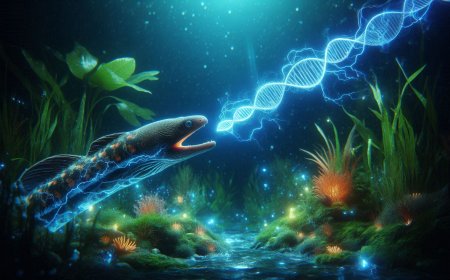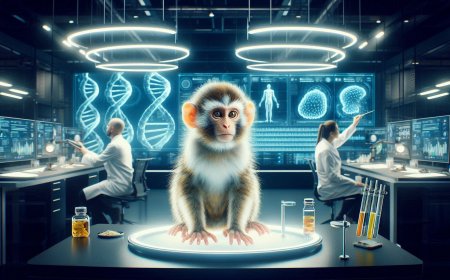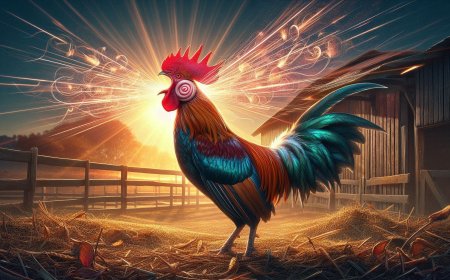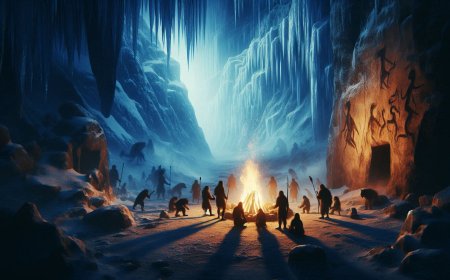Charles Darwin: The Scientist Who Ate His Discoveries
Discover the curious side of Charles Darwin, the famous naturalist who not only studied evolution but also tasted many of the species he discovered during his voyages, blending science with gastronomic exploration.

Charles Darwin, celebrated for his groundbreaking work on evolution, had another lesser-known quirk: he ate some of his discoveries. Far from being a vegetarian, Darwin had a daringly adventurous palate, indulging in exotic meats during his voyages. While aboard The Beagle, he feasted on puma, describing it as “remarkably like veal,” and sampled armadillos, iguanas, and even the bladder contents of a giant tortoise.
For Darwin, eating these creatures wasn’t just about satisfying hunger—it was part of his scientific exploration. His curiosity extended beyond observing and cataloging new species. He wanted to understand these animals in every possible way, and that included tasting them. Each bite was a chance to engage with his discoveries, not just in theory, but through his senses.
A Palate Driven by Science
Darwin’s gastronomic adventures may seem unusual, but his motivations were rooted in his scientific mindset. Tasting his study subjects allowed him to connect more deeply with his research. It was, in a sense, a way to complete the full circle of understanding nature. How does a puma, which roams the wilderness, taste compared to the domestic animals people knew? How do these exotic species compare to the food that would have been familiar to his European palate?
While modern scientists don’t typically replicate Darwin’s unique dining habits, his approach reflects an enduring tradition in scientific curiosity. Researchers often feel the pull to immerse themselves in their studies completely—sometimes quite literally. Darwin’s tendency to experiment with food was simply another dimension of his thirst for knowledge.
Scientists Who Follow in Darwin’s Footsteps
Darwin’s peculiar habit hasn’t disappeared with time. In fact, many modern scientists share a similar willingness to taste their study subjects. For some, it’s an act of curiosity; for others, it's a convenient way to manage research, particularly if they’re studying edible organisms. For instance, marine biologists studying trout or sea urchins often sample their research subjects as part of their fieldwork. However, others have taken this curiosity even further.
Take Richard Wassersug, a biologist who, in the 1970s, embarked on a study to understand why certain tadpoles are easier prey than others. To explore this, he had graduate students (bribed with beer) taste-test different tadpole species—without swallowing them, of course. His findings? Tadpoles that were easier to catch often tasted the worst, with toad tadpoles being described as “astonishingly bitter.” Today, such experiments would likely be restricted by ethical guidelines, but at the time, it was simply another way of collecting data.
Eating Invasive Species: Science on the Menu
In some cases, these culinary adventures serve a greater purpose beyond mere curiosity. Ecologists have turned to eating invasive species as a strategy to manage environmental problems. Invasive plants and animals, like the nutria (a large rodent) or bullfrogs, wreak havoc on ecosystems. Sarah Treanor Bois, during her Ph.D. research, attended a cook-off featuring dishes made from such invasives, turning the problem into a potential solution—one bite at a time.
The act of eating invasive species not only helps raise awareness about ecological issues but also turns these pests into a viable food source. It’s a creative, hands-on approach to environmental management, blending science with sustainability and a dash of culinary courage.
Why Scientists Taste Their Subjects
So why do scientists engage in these unusual gastronomic adventures? For some, like leech expert Mark Siddall, it’s simply about familiarity. When you’ve spent so much time studying an organism, it’s not hard to imagine what it might taste like—and the natural next step is to find out. For others, like Richard Wassersug, it’s an essential part of being a naturalist. Engaging all the senses, including taste, creates a more holistic connection to the natural world.
For these adventurous scientists, eating their study subjects isn’t just about satiating curiosity. It’s about embracing the full experience of discovery. After all, Darwin himself set the precedent—his scientific journey wasn’t just confined to the pages of a notebook or the lens of a microscope. It also extended to his plate.
A Tradition of Scientific Curiosity
Darwin’s unusual habit of eating his discoveries set a lasting precedent. Many modern scientists, whether out of peer pressure or playful competition, continue to push the boundaries of scientific exploration. The next time you hear about a biologist sampling bluegill or a geologist tasting ancient, thawed bison, remember that they’re following in the footsteps of Darwin himself—exploring the world not just through their minds, but with every sense they have.
Just as Darwin found a deeper understanding of life through his adventurous palate, today’s scientists continue to forge new paths of discovery, one bite at a time.
What's Your Reaction?






































































































